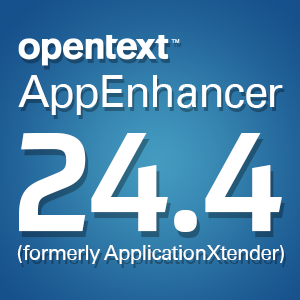Healthcare adopts electronic records for cost-saving incentives
Wednesday, May 22, 2013Hospitals, clinics and other healthcare systems around the country have been rapidly embracing electronic document management (EDM) systems for a variety of cost-saving benefits. As these technologies advance and adoption becomes more widespread, digital records management has the opportunity to allow these organizations to utilize their savings to invest in improved patient care.
In fact, the Obama administration has reported that electronic medical records (EMRs) have reached a "tipping point," whereas previously these systems were only used by a select few healthcare providers. A recent report from the Department of Health and Human Services revealed that more than half of doctor's offices and 4 in 5 hospitals have migrated from paper to digital records. A major factor driving this rapid transition is the more than $14 billion in government incentive payments that are offered to organizations utilizing these technologies. These incentives were designed to encourage firms to deploy EMRs to drive down costs in patient care while also minimizing mistakes and risk of data duplication.
Maximizing any budget
Still, there are a host of other financial advantages to EMRs beyond meaningful use incentives. MedCity News asserted that one reason that EDM software is a valuable investment is because these solutions lower office supply expenses. In fact, the source noted that a single-provider practice that sees just 30 patients per day can save up to $500 a month on paper-based fees alone. MedCity News explained that organizations can even eliminate certain staff members, such as a medical records clerk, which can save more than $2,000 each month. The source advised using an ROI calculator prior to making the digital transition. By determining how much paper is used for different purposes, firms can estimate monthly savings and evaluate how those funds could be better allocated in the budget.
Another key benefit of EDM, according to MedCity News, is that these tools can boost productivity. Formerly time-consuming processes, such as billing procedures and manual data entry related to documenting patient visits, can be completed in significantly less time, making for more efficient treatment. This allows physicians not only to schedule more appointments and drive revenue for the practice, but also spend more quality time with patients.
MedCity News pointed out that practices can also free up a considerable amount of office space by going paperless. Once document imaging technology has scanned all records securely within the electronic system, there is no need to store physical copies on-site.
For all of these reasons, offices that adopt EDM can gain a significant competitive advantage through reduced costs and a higher-quality patient experience.
Brought to you by Image One Corporation providing complete information governance since 1994.




